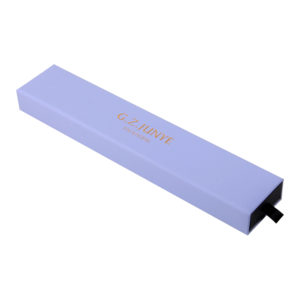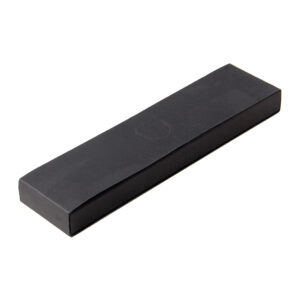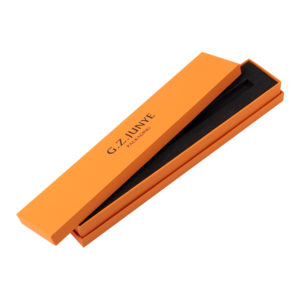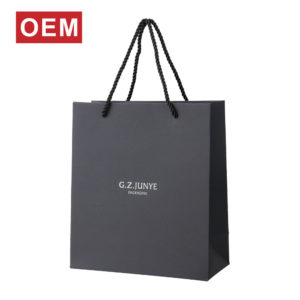The packaging for surveillance cameras can vary depending on the type, brand, function, and market positioning of the camera. Here are some common camera packaging box size ranges that Junye Packaging Factory has seen over the years, as well as factors that may affect the choice of customized packaging box size:
-300x300.jpg)
1. Type of Camera: Different types of cameras, such as dome cameras, bullet cameras, and PTZ cameras, may require different packaging sizes to accommodate their unique shapes and dimensions.
16-300x300.jpg)
2. Brand: Some brands may have specific packaging requirements or preferences that influence the size of the packaging box.
9-300x300.jpg)
3. Function: The functionality of the camera, such as its resolution, night vision capabilities, or weather resistance, may also affect the packaging size. For example, a camera with advanced features may require a larger box to accommodate additional accessories or documentation.
15-300x300.jpg)
4. Market Positioning: The target market for the camera can also influence the packaging size. For instance, a high-end camera may require a more elaborate and larger packaging box to reflect its premium status, while a budget-friendly camera may have a more compact and cost-effective packaging.
12-300x300.jpg)
5. Accessories and Documentation: The number and size of accessories included with the camera, such as mounting brackets, power supplies, and cables, can affect the packaging size. Additionally, the amount of documentation, such as user manuals and warranty information, may also influence the packaging dimensions.
22-300x300.jpg)
6. Shipping and Storage: The packaging size should also consider the ease of shipping and storage. A larger box may be more difficult to transport and store, while a smaller box may be more practical but may not provide enough protection for the camera.
6-300x300.jpg)
7. Environmental Considerations: Some companies may choose to use eco-friendly materials and designs for their packaging, which can affect the size and construction of the packaging box.
15-300x300.jpg)
8. Aesthetics and Branding: The overall design and appearance of the packaging can also influence the size. A more visually appealing package may require additional space for graphics, logos, and other branding elements.
8-300x300.jpg)
In summary, the customized packaging size for surveillance cameras is determined by a combination of factors, including the camera’s type, brand, function, market positioning, accessories, documentation, shipping and storage considerations, environmental concerns, and aesthetics. It is essential for manufacturers and packaging companies to carefully consider these factors when designing and producing camera packaging to ensure that it meets the needs of both the product and the end-user.










